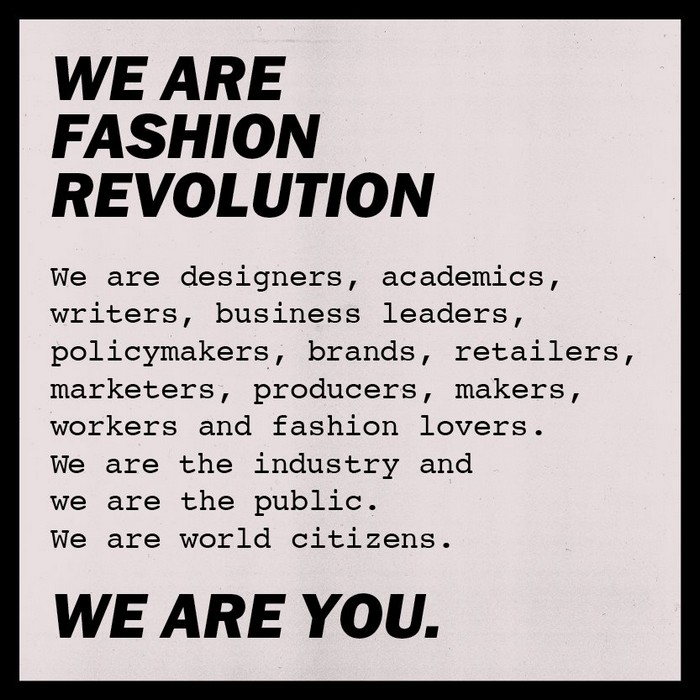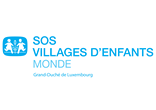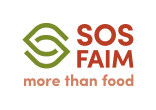
Ten Top Global Fashion Brands Have Become More Transparent
Fashion Revolution’s Fashion Transparency Index 2018 reveals Adidas and Reebok lead the path towards greater transparency amongst the major corporate players
Data also shows that too many big brands and retailers continue to lack transparency, with dozens of brands disclosing little or nothing about their social and environmental practices
Adidas and Reebok have again claimed the top spot in Fashion Revolution’s Fashion Transparency Index, which reviews and ranks 150 major global brands and retailers according to their social and environmental policies, practices and impacts, in a report published today which showed improvement across the industry.
Since 2016, Fashion Revolution has tracked leading global brands and benchmarked their performance on five key issues : policy and commitments, governance, traceability, know show and fix, and spotlight issues.
Adidas and Reebok scored highest followed by Puma, H&M, Esprit, Banana Republic, Gap, Old Navy, C&A and Marks & Spencer scoring in the 51-60% out of a possible 250 points. ASOS came shortly behind the top ten, having significantly increased their level of disclosure since last year, followed by Levi Strauss and then The North Face, Timberland, Vans, Wrangler (all owned by VF Corp.), G-Star, Tchibo and Bershka, Massimo Dutti, Pull & Bear, Stradivarius and Zara (all owned by Inditex), scoring in the 41-50% range.
In 2017, the Fashion Transparency Index reviewed 100 brands, and in 2018 the number was increased to 150.The original brands which were reviewed in 2017 and again in 2018 show a 5% overall improvement in transparency levels across each section of the methodology, highlighting how the Fashion Transparency Index is influencing brands to become more transparent.
The North Face, Timberland and Wrangler all increased their level of disclosure by 22% overall. Many more brands and retailers published a list of where their clothes are cut, sewn and completed , up from 12.5% two years ago to 37% in 2018 which represents the most significant and positive increase in transparency. More brands and retailers also published a list of their processing facilities, 18% in 2018 versus 14% last year.

In the past two years of conducting this research, we noted that the luxury brands publicly disclose relatively fewer social and environmental policies and practices than other major brands and retailers, but we are starting to see this trend change. Hugo Boss, Calvin Klein, Tommy Hilfiger, Gucci, Bottega Veneta, YSL and Burberry scored in the 31-40% range, with Hugo Boss increasing its score by 11%, Calvin Klein and Tommy Hilfiger increasing their score by 9%, Gucci, Bottega Veneta and YSL increasing their score by 8% and Burberry increasing its score by 7% this year. Hugo Boss, Calvin Klein and Tommy Hilfiger published a list of their Tier 1 suppliers, whilst Hermès discloses its tier 1 suppliers as well as fabric suppliers and processing facilities.
The way fashion is made, sourced and consumed continues to cause suffering and pollution. Fashion Revolution believes that this urgently needs to change and that the first step is greater transparency. Transparent disclosure makes it easier for brands, suppliers and workers, trade unions and NGOs to understand what went wrong when human rights and environmental abuses occur, who is responsible and how to fix it. However, it is clear that not enough has changed and change is not happening fast enough. Most companies are still operating in broadly the same way that enabled the Rana Plaza disaster to occur five years ago.
Only 55% of brands and retailers published measurable, time-bound goals on improving environmental impacts, whilst only 37% published goals on improving human rights. Fashion Revolution believes that more brands need to report on progress against these goals. Without this, we have no way of knowing if their policies and procedures are actually driving improvements for the people making our clothes.
More brands and retailers (12% in 2018 ; 7% in 2017) — but still very few — disclosed how company employees’ incentives are tied to improvements in human rights and environmental management. There was a notable increase in brands and retailers that are publishing ’anti-bribery and corruption’ policies both for the companies’ workforce and for their suppliers.
Finally, 62% of brands and retailers (up from 40% in 2017) are disclosing their process for fixing problems when violations are found in a supplier facility.
Nazma Akter, Banglahdesi trade unionist and founder of the AWAJ Foundation said : If unions and workers in Bangladesh have a list of where brands are manufacturing, it is so much easier for us to resolve problems quickly. We can address issues directly with brands. “Disclosing information about working conditions helps us better understand and solve issues facing women workers in Bangladesh, such as health, childcare, maternity rights, female leadership and living conditions and wages. Ultimately, everybody should be more transparent. Fashion brands and retailers, governments, trade unions and suppliers need to respect and trust each other and work together with openness and honesty.
Nazma began working in a clothing factory at the age of 11, alongside her mother, often doing as many as 70 hours a week. Akter joined a trade union because the women working in the factory were abused and poorly treated.
Fashion Revolution Global Operations Director and Founder Carry Somers said : “Over the last five years, millions of consumers have demanded a fairer, safer, cleaner industry. It’s working. We can see that brands are listening and the industry is starting to change.
“We’re calling upon the global fashion industry to turn its commitment to responsible sourcing into effective action this Fashion Revolution Week. Too many people working in the fashion industry, mostly women, are still underpaid, unsafe and mistreated. It’s time for change”. The report provides recommendations for how consumers, brands and retailers, governments and policy makers, NGOs, unions and workers can use the information contained in the Fashion Transparency Index to make a positive difference.
For more information, visit www.fashionrevolution.org/transparency




















